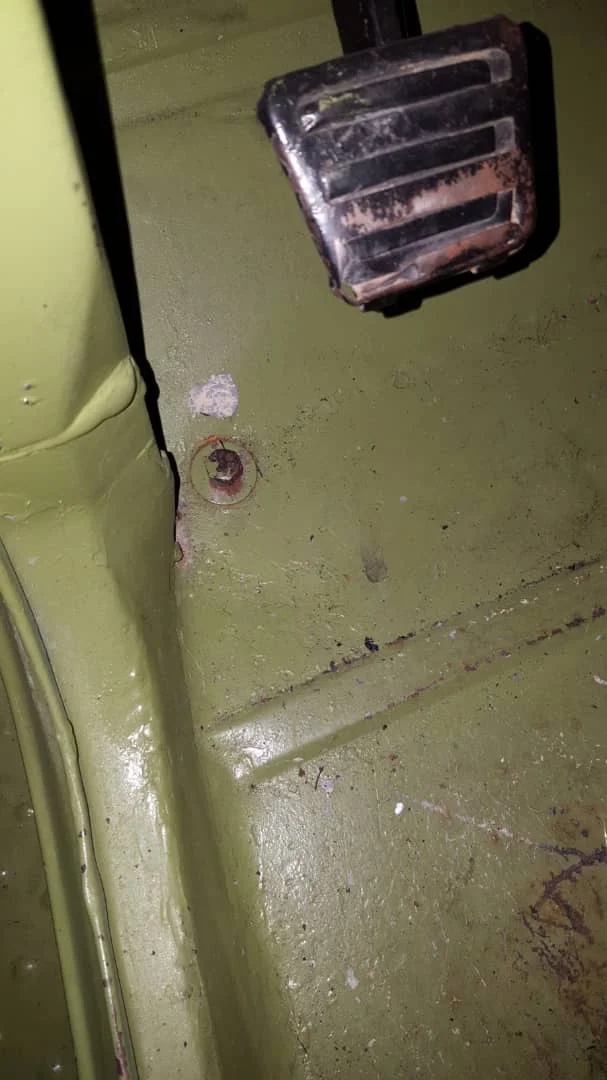Hi everyone, first post here.
My cousin and I have been working on an 1980 FJ40 since August, not doing a full restoration but servicing and replacing many things. Been reading alot in this forum and would like to thank everyone for all the info.
We bought the Daystar mody mount kit and will be replacing the bolts and the mounts. The bolts for the body mounts are installed from inside the cabin but for some reason believe this shouldn't be the case. That it should fit the socket into the bolt head through the hole in the cabin, but not the bolt head. I hope I'm explaining myself.
Here are some pictures. In summary, is this normal? Thanks!





My cousin and I have been working on an 1980 FJ40 since August, not doing a full restoration but servicing and replacing many things. Been reading alot in this forum and would like to thank everyone for all the info.
We bought the Daystar mody mount kit and will be replacing the bolts and the mounts. The bolts for the body mounts are installed from inside the cabin but for some reason believe this shouldn't be the case. That it should fit the socket into the bolt head through the hole in the cabin, but not the bolt head. I hope I'm explaining myself.
Here are some pictures. In summary, is this normal? Thanks!
